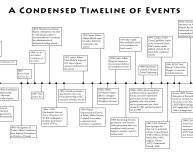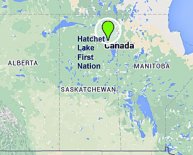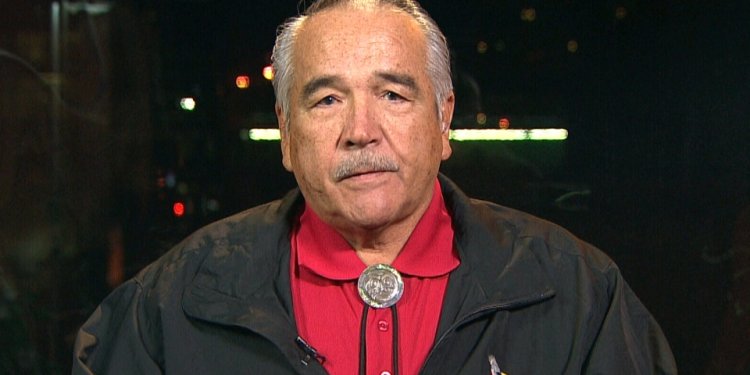
Metis History in Canada
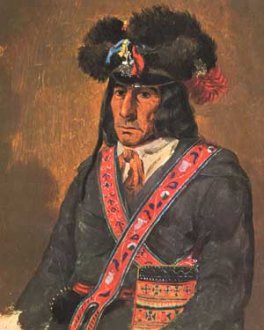
| the mÉTIS | Origins associated with the Métis Country |
The Métis tend to be a definite number of Canadian people who developed an original tradition that expanded regarding Canada's fur trade heritage. The Métis tend to be descendants of French Canadians mixed up in fur trade, and very first countries individuals. The origins for the Métis get back to the first French explorers whom penetrated toward interior of Canada, in which Canada's Aboriginal People was indeed residing for thousands of years. French Canadian fur dealers married and co-habited with indigenous women. Their particular offspring became generally Métis, individuals of mixed blood. They developed a proud culture, with components of both individuals from whom they descended. |
|
French Canadian Voyageurs had been the key labour power the fur trade of New France.
As soon as the French master made guidelines forbidding trading by anybody except the monopoly organization, many young men smashed the law, and moved away in to the wilds to trade for furs. They became called coureurs-des-bois (athletes in woods), running, because it had been, from the enforcers of this law safeguarding monopolies. The French Canadian coureurs-des-bois and voyageurs became recognized for their particular unique model of gown. A blue capote, a beaded pipe bag hung from a vivid red sash, beaded moccasins as well as the inescapable pipe became standard items. The unique Métis sash, covered around the center, could be used as a buckle, a tow-rope, or a fastening line. |
Driving the Rapids, Arthur Heming |
They paddled upstream from Montreal into the Great Lakes and Mississippi. There were many rapids that only a light canoe could cross, and many portages where the canoe had to be unloaded, goods and canoe hauled overland, then reloaded to continue the trip. Voyageurs worked sixteen to eighteen hours just about every day, paddling the canoes laden with trade products through fast-flowing waterways. It was hard work. Their time began at 2:00 a.m., with a six-hour paddle until morning meal. Meal was pemmican eaten in canoe. Once hourly, paddling stopped and each guy lit his pipe. They stopped for a smoke every 6 or 8 kilometers, so the routes were measured in "pipes". Paddling proceeded until well after dusk; once they made camp and ate dinner. Europeans taking a trip in wilds needed to develop alliances with very first countries those who understood and controlled the waterways and transportation routes. The coureurs-des-bois needed Indian ladies to cook, prepare their particular food supplies for winter, make and fix their garments, cure their injuries, and especially to help make their moccasins and snowshoes, that have been essential for travel.
|
|
The name Métis can be used today because of the mixed-blood people of French Canadian and First Nations ancestry, just who decided in what is now Manitoba, and soon after in Saskatchewan and Alberta. By 1800, Métis had been established as a definite social team in the prairies. They worked for both the Hudson's Bay business & Northwest business as voyageurs, buffalo hunters, and dealers. They decided across the Red & Assiniboine Rivers on long, thin lots fronting regarding lake when you look at the French Canadian style. |
Vintage Red River Métis strip facilities north of Winnipeg, Manitoba The initial farmland in western Canada |
The Métis lifestyle reflected the combination of their particular French Canadian and very first countries heritage. They were exemplary bikers and marksmen. They wore moccasins and an exceptional Métis red sash. They often collected to try out fiddle and to dancing jigs and step dances. These were devout Catholics, and their particular language was an assortment of French and Cree. |
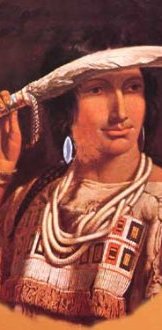
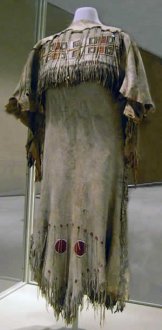

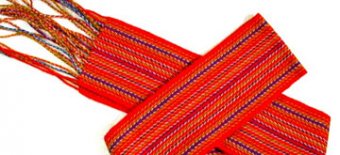 They paddled the canoes, and carried the products and fur bales over the portages the fur trading organizations.
They paddled the canoes, and carried the products and fur bales over the portages the fur trading organizations.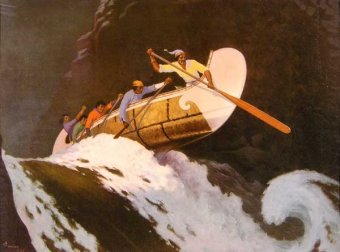 Some of these relationships produced brand-new family members groupings. The kids of those unions between French Canadians, and their First Nations wives ultimately became the Métis country of Canada. Métis originates from a French word indicating blended.
Some of these relationships produced brand-new family members groupings. The kids of those unions between French Canadians, and their First Nations wives ultimately became the Métis country of Canada. Métis originates from a French word indicating blended.